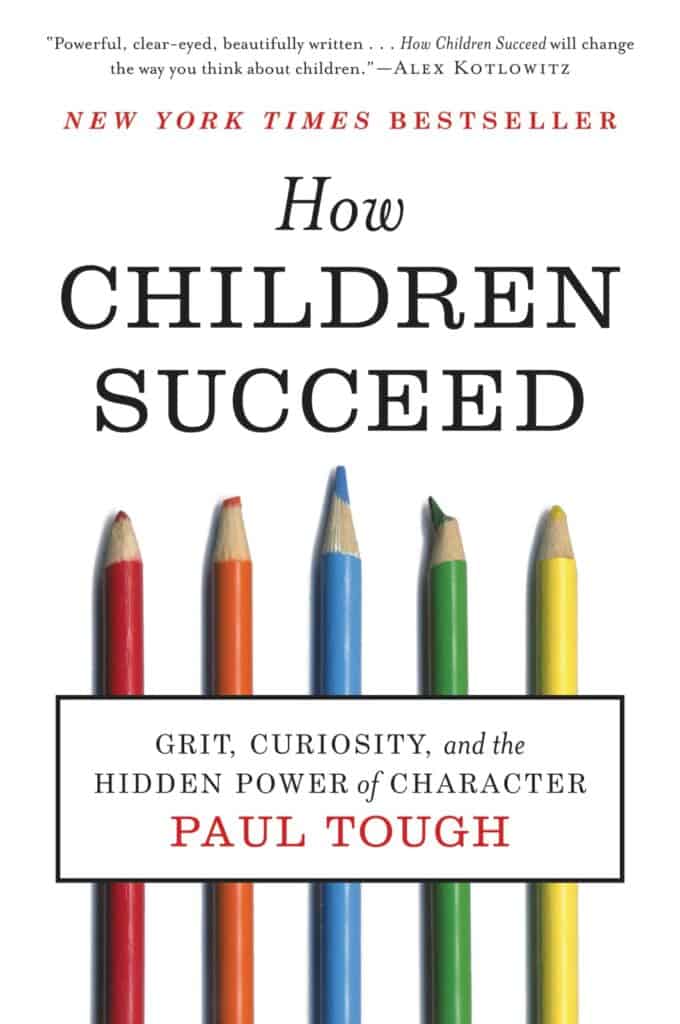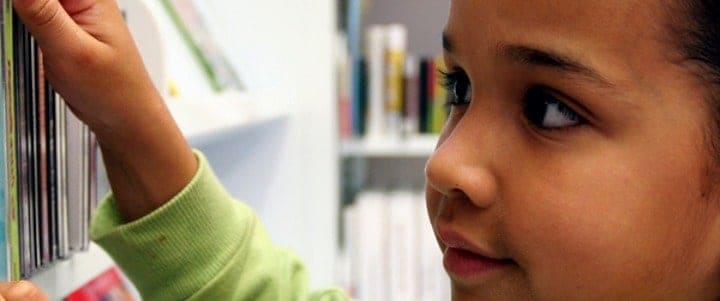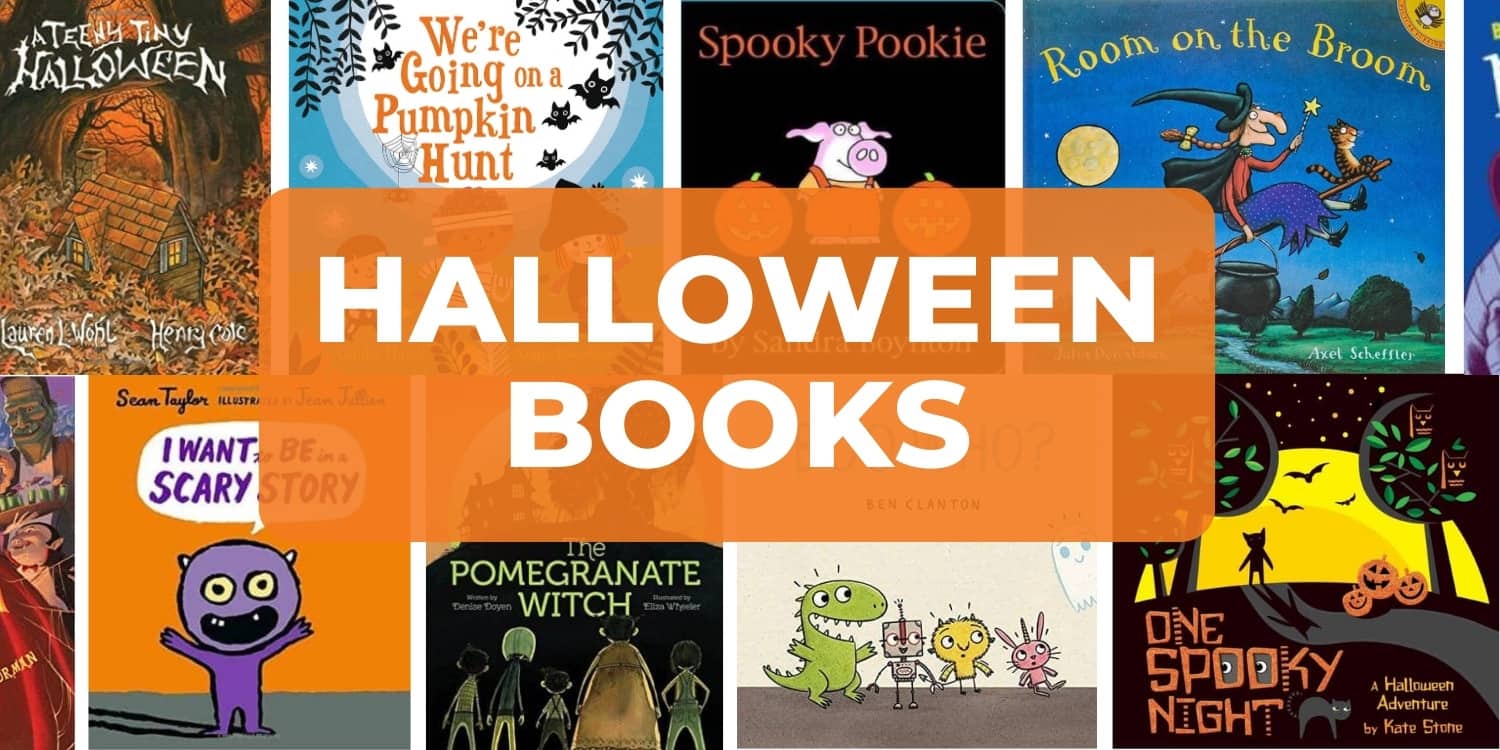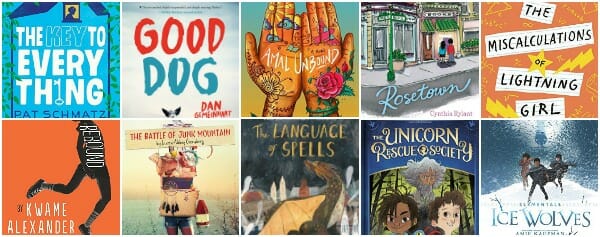Falling Down to Get Up: Building Resilient Readers
This post may contain affiliate links.
“Mom, are you ever going to ski a black diamond trail?” my son asked me.
“Umm… never,” I replied. “I don’t want to fall down and get hurt.”
“You’ll never improve if you’re not willing to take risks,” he said with the wisdom of a teenager.
“Whatever…” I muttered and headed towards the green trail with no shame.
I love it when I hear the advice I give my own children coming back at me from them. That advice of not being afraid to fall down and take risks doesn’t just apply to skiing. As the school year winds on, I’ve been thinking a lot about what causes some children that I work with to grow and succeed as readers and others to continue to struggle. I’ve come to think that it comes down to two key lessons that children need to internalize if they are going to make progress and grow as students.
Building Resilient Readers
1. Falling Down to Get Up
“I don’t want those words; I want the easy words!” said my student as I showed him the deck of word cards.
“If we only work with the easy words, you won’t get better as a reader,” I told him.
“I don’t care!” he said.
If there’s one attribute that holds back students from growth in reading, it’s fear of failure. Like my fear of the black diamond trail, many of my students are afraid to challenge themselves and take risks. For many students, reading is the first challenge that they’ve had to overcome by themselves. Yes, we can support them, encourage them, and teach them strategies. But, when it comes down to it, it’s them vs. the words and they need to read them by themselves. For many students who’ve never taken risks, done something difficult, or faced failure before, it’s frightening. But, it’s crucial that they overcome it — not just for reading, but for everything else difficult that life will throw at them.
So, how can we help them overcome the fear of failure?
From an early age, let children challenge themselves, fall down, and get up on their own to try again – both literally and metaphorically. Encourage them to try a sport or activity that requires them to work at it to improve.
One of my favorite books is How Children Succeed: Grit, Curiosity, and the Hidden Power of Character by the ironically named Paul Tough. He says that “the best way for a young person to build character is for him to attempt something where there is a real and serious possibility of failure. In a high-risk endeavor, whether it’s in business or athletics or the arts, you are more likely to experience colossal defeat than in a low-risk one—but you’re also more likely to achieve real and original success.” This ability to overcome defeat and learn from mistakes is the resilience that we want our children to have.
Another way to help your child develop resilience is by helping your child to see risk-taking and failures as part of learning. As a teacher, I’ve learned that when a child says something that’s incorrect, my response is crucial.
In a few words, I can either teach them that making mistakes is part of learning, or I can teach them to feel shame. If a child reads the word “beg” as “big” I’ll say, “Oops! That e and i are so close together in the way they sound. Let’s make sure to work on that more.”
When they do make mistakes, I’ll often talk with them about how their brain works as a way of analyzing their errors. Our brains want to see patterns, and often that causes us to read an unfamiliar word as a familiar word. A child sees the word “bran” and reads “brain.”
Sometimes, I’ll read a passage aloud to my reading groups and tell them to read along carefully in case I make mistakes. Of course, I do! They love correcting me and then explaining to me what I did wrong. Talking about our mistakes takes away their stigma. (And builds resilient readers!)
2. Go Slow (to Learn Fast)
At the front of my classroom is a laminated sign that says, “You’ve got to go slow to learn fast.” It’s a quote from a student of mine. His number one habit was rushing! He rushed through math problems and he rushed through reading. He was in such a hurry to finish his reading before anyone else, that he often made mistakes and wasn’t attentive to what he was doing. He read like a bulldozer — plowing through words and punctuation just to get to the end.
This brings us to the second attribute that leads to successful growth in reading — a willingness to slow down, look carefully at the word, and make sure to decode it accurately without being impulsive.

I have so many students that are “speed readers” that I even have “reading speeding tickets” that I hand out to students who are frequent offenders! For my student who was the bulldozer reader, his habit of rushing was very ingrained. But, with time, he finally started to use strategies and slow down to read accurately. One day, after a very successful reading lesson, he said, “if you go slow, you can learn fast!” I often point at his sign for other students to remind them of the need to slow down.
Many children who struggle with reading assume that being a good reader means being a fast reader. We want our children to read with fluency. Fluency means reading with automaticity — as comfortably as we talk. It doesn’t mean speed reading!
When a child is impulsive and quick to guess words, it really impacts their accuracy and comprehension of what they’re reading. We can help our children learn to slow down by modeling what fluent reading is.
When you read aloud to them, slow it down. Use dramatic pauses and silly voices. Pause and let the words sink in. And if your child is a speeding reader and it’s impacting their accuracy, remind them to slow down!
There are so many factors that go into a child’s success in reading. In my work with children who struggle with reading, the children who take risks in order to learn and are willing to slow down to use strategies are the ones who achieve the greatest gains. They need to be willing to risk falling to learn to get up. They need to slow down to learn fast.
As parents, giving them these lessons early on will pay huge dividends, not just in their reading but in their lives as well.
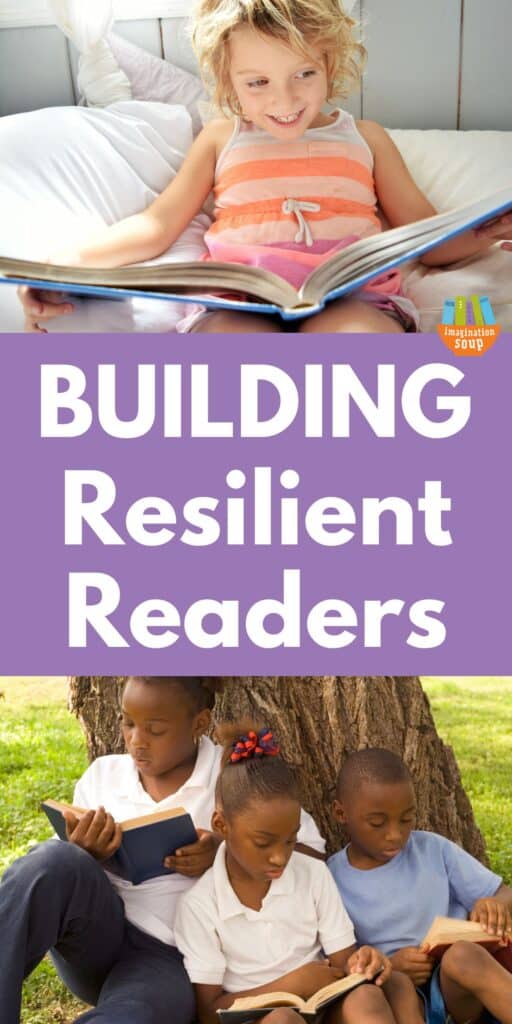
KEEP READING

